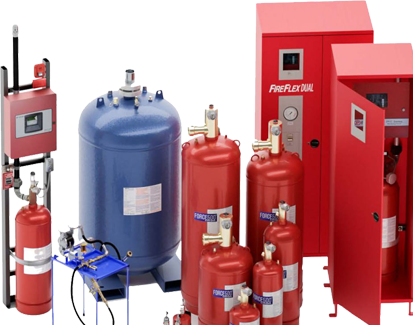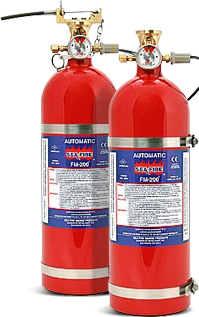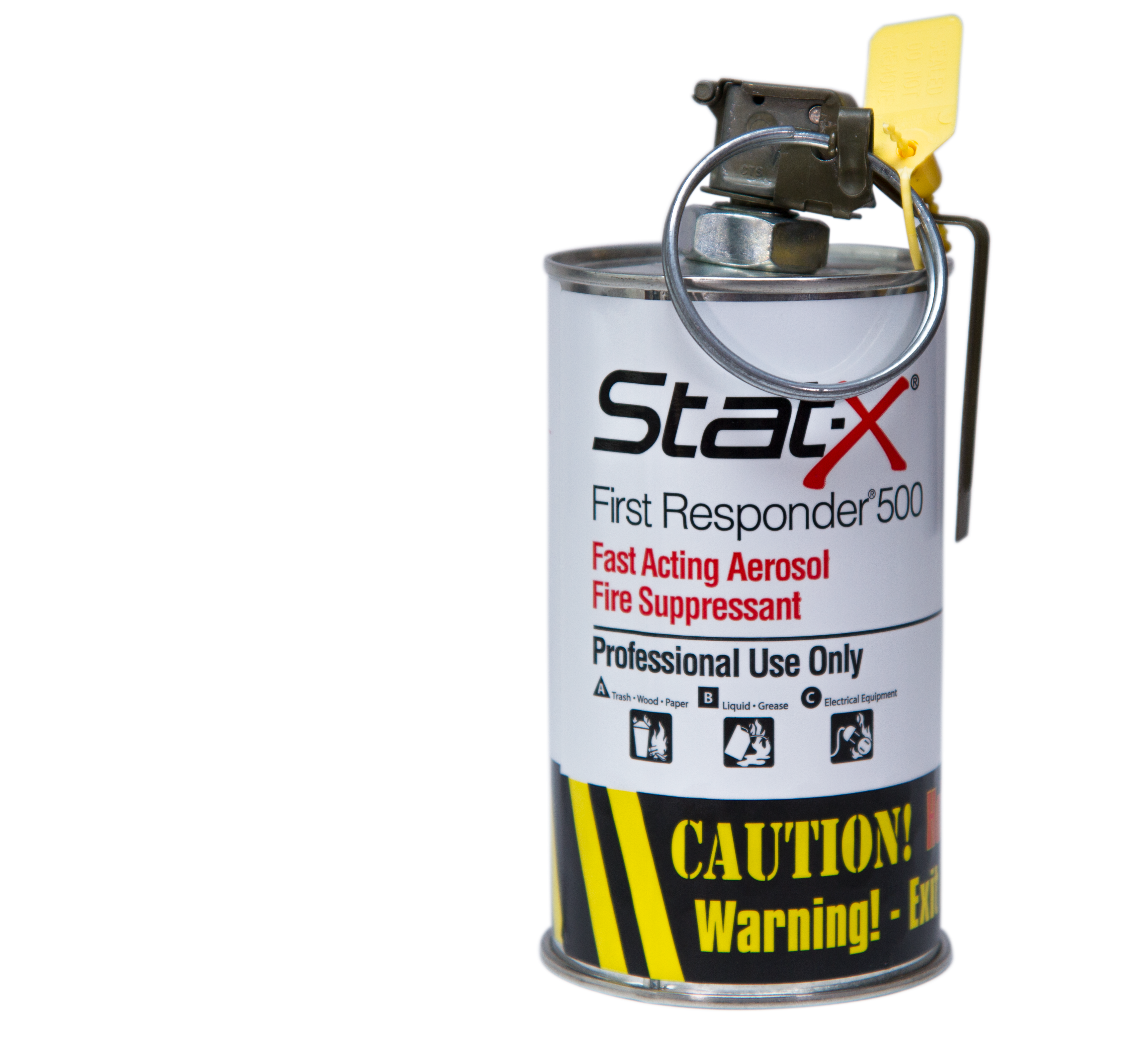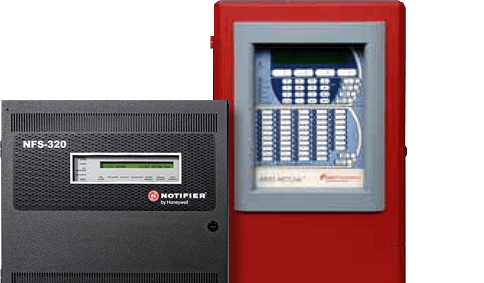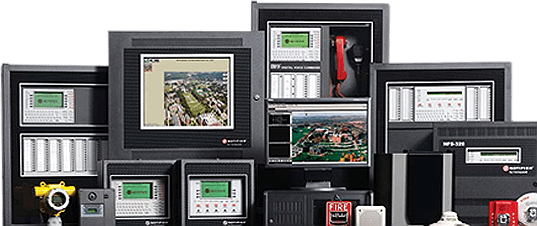3 Levels of Protection for Electrical Fires
Electrical fires represent a significant and often hidden hazard within homes and workplaces - characteristically elusive, these fires can originate in concealed wiring or everyday appliances, posing serious risks.
The importance of understanding and mitigating these fires extends beyond mere property protection; it is fundamentally about ensuring personal safety and the well-being of others. Armed with this knowledge, you can significantly reduce the risk of such incidents, thereby safeguarding your environment from potential disasters.
What is an Electrical Fire?
An electrical fire is a type of conflagration caused by electrical malfunctions, overheating, or short circuits within electrical appliances, wiring, or systems. These fires differ from traditional fires because they originate from an electrical source, often hidden and undetected until it's combusting.
Explore further
The complexity of electrical fires lies in their covert nature; they can smoulder within walls or appliances without any visible flames or smoke until they reach a critical point. Their ability to spread rapidly through electrical systems and combustible materials in their vicinity makes them particularly hazardous, and the unpredictable nature of these fires necessitates a proactive and comprehensive approach to fire safety.
Common Causes of Electrical Fires
Poor Maintenance
One of the leading causes of electrical fires is the lack of proper maintenance. Electrical systems and appliances are prone to wear and tear, and without regular checks, they can develop faults such as frayed wires, loose connections, and overloaded circuits.
These conditions can create excessive heat or sparks, leading to fires. Regular inspections by certified electricians can identify potential risks like outdated wiring, overloaded circuits, or damaged insulation, allowing for timely interventions.
Old Equipment and Appliances
Aging electrical equipment and appliances pose a significant risk, as over time, electrical components can deteriorate, insulation can break down, and connections can become loose or corroded.
These factors significantly increase the risk of short circuits and overheating, which are both common precursors to electrical fires. It is therefore essential to periodically assess and replace old or malfunctioning electrical appliances and systems, particularly those that no longer meet modern safety standards.
Not Keeping Up with Safety Codes
Electrical safety codes and standards are continuously evolving in order to incorporate advances in technology and address new safety challenges, and ignoring these updates can leave electrical systems vulnerable.
For example, older buildings might not have essential safety devices like GFCIs and AFCIs installed, which are designed to prevent shock hazards and fires caused by electrical faults.
People also search
Regularly updating electrical systems to comply with the latest safety codes is not just a regulatory requirement; it's a critical preventive measure against electrical fires.
Three Levels of Protection for Electrical Fires
Building Level Fire Protection
Building-level protection is the first and most comprehensive line of defence against electrical fires. It encompasses the entire building's electrical system, ensuring it's designed, installed, and maintained to minimize fire risks. This includes:
-
Circuit Breakers and Fuses
These are designed to shut off electrical power when a circuit becomes overloaded, preventing wiring from overheating. -
Ground Fault Circuit Interrupters (GFCIs)
GFCIs are essential in preventing electric shock and fires by cutting off power when a difference in current is detected between two circuit points. -
Arc Fault Circuit Interrupters (AFCIs)
Specifically designed to prevent fires caused by electrical arcs, these devices are critical in older homes where wiring may not be up to modern standards. -
Surge Protection
Surge protectors safeguard against sudden spikes in electrical voltage that can damage appliances and potentially cause fires. -
Regular Electrical Inspections
Routine professional inspections ensure that electrical systems comply with safety standards and are in good condition in order to prevent fire hazards.
Room Level Fire Protection
At room level, the focus is on specific areas within a building, particularly where electrical devices and appliances are used. Key measures include:
-
Smoke Detectors
Install smoke detectors in every room, especially where electrical equipment is heavily used. These should be tested regularly, and have batteries replaced as needed. -
Fire Extinguishers
Having Class C fire extinguishers (or equivalent) in accessible locations is vital, as these extinguishers are specifically designed for electrical fires. -
Safe Appliance Use
Educating occupants on safe appliance use, such as not overloading sockets and turning off appliances when not in use, can significantly reduce the risk of electrical fires. -
Fire-Resistant Construction Materials
Using fire-resistant materials in walls, ceilings, and floors can help contain fires and prevent them from spreading rapidly.
Rack-Level Fire Protection
In environments with high-density electrical equipment, like server rooms or data centers, rack-level protection is crucial. This involves:
-
Specialized Fire Suppression Systems
These suppression systems detect and extinguish fires quickly at the source, often using chemicals that won't damage electronic equipment. -
Temperature Monitoring
Implementing systems to continuously monitor the temperature of electrical racks helps in early detection of overheating, which could lead to fires. -
Isolation of Electrical Equipment
Keeping electrical equipment isolated and ensuring that it's housed in fire-resistant enclosures can prevent a localized fire from spreading.
Electrical fires are a pervasive risk, but they can be effectively managed with a layered approach to fire safety. From comprehensive building-level safeguards to focused protection at the room and rack levels, each layer plays a critical role in mitigating the threat of electrical fires.
It's essential to stay vigilant, conduct regular inspections, and update safety measures in line with current standards. By doing so, you not only protect your property but also safeguard the lives within it.
Remember, the best time to prevent an electrical fire is now. Review your fire safety measures today and ensure a safer tomorrow.





